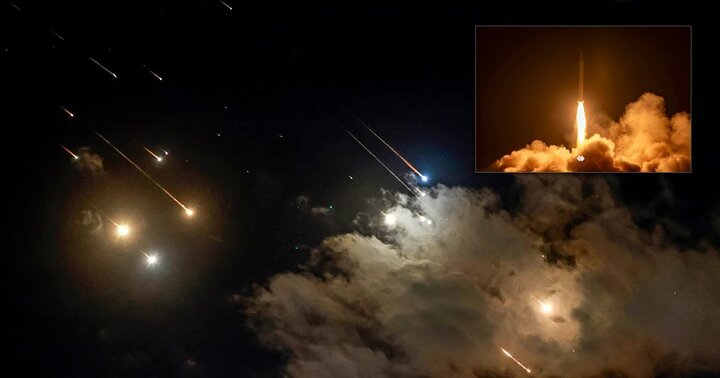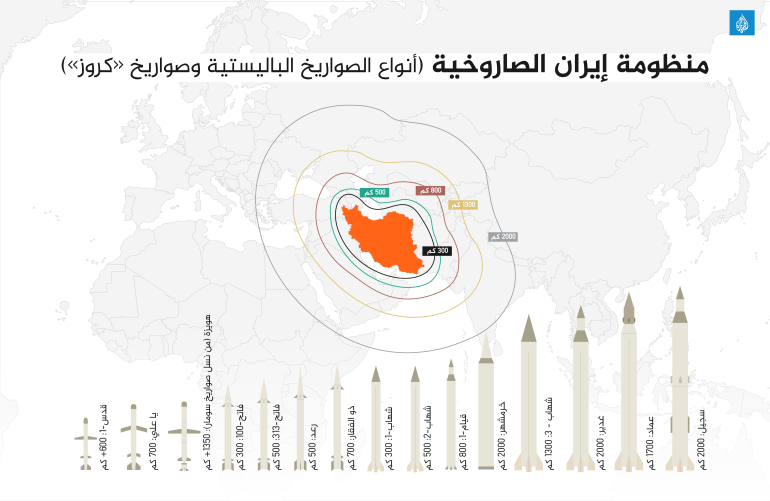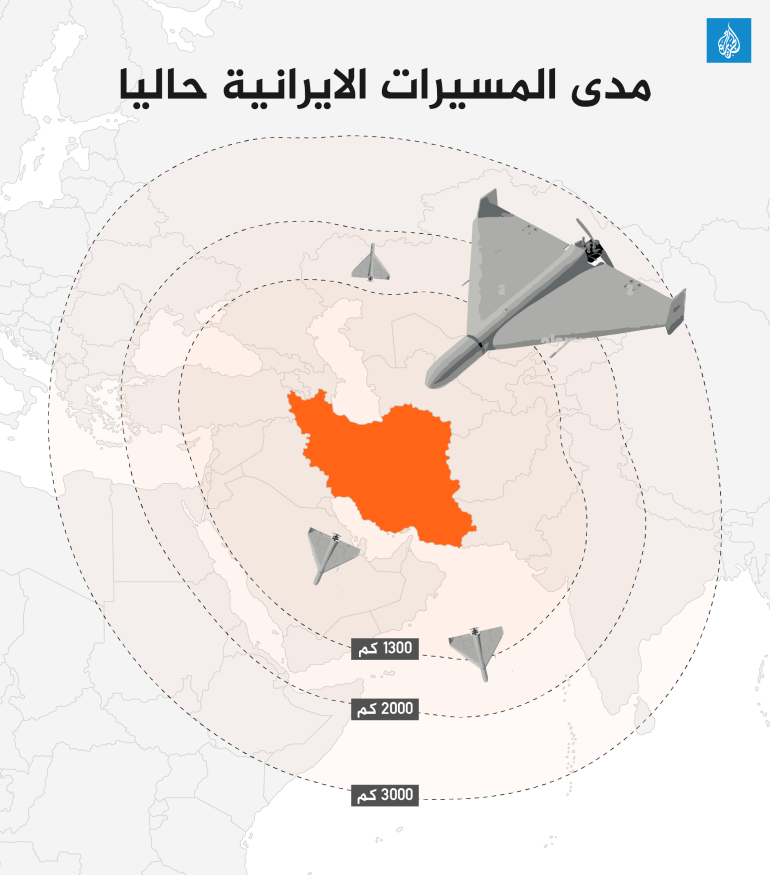The American THAAD system does not compete with Iran’s advanced ballistic missiles

report Mehr News Agency, Al Jazeera network website in a long report titled “Despite the THAD system, how Iran destroys Israel’s defense layers Will it break together? wrote: America announced last Sunday that it intends to deploy the THAAD missile defense system, which is a system It is considered advanced in occupied lands. This action of America takes place after Iran’s recent missile attack against the occupied territories. This is not the first time that the THAD system is deployed in our region to so that in 2019 this system was deployed in the occupied territories within the framework of a series of joint exercises but time and conditions The current sensitive is completely different.
The THAD system is an American missile defense system designed to counter medium-range ballistic missiles. and short is used. The missiles of this system operate through the target placement of ballistic missiles without explosive and warheads, which means that the basis of their work is based on accuracy in hitting the target and The same purpose to the advanced radar “E N / T PY-2″ is equipped that can detect and intercept ballistic missiles.
Undoubtedly, the main reason for the establishment of this system in the occupied territories is to support the Zionist regime against missiles. Ballistic is Iran; Missiles that have become very advanced in the recent period to the extent that a number of them, within the framework of a limited attack, were able to confuse the defense layers of the Zionist regime and suddenly hit the targets deal themselves.
Precise and advanced missiles of Iran
Ballistic missiles follow a curved path to intended targetswith their warheads. > hit These missiles have so many different characteristics that they have become one of the central levers of many armies in the world, including Iran. They can reach the highest speed in quick and sudden operations and have very varied ranges. Although there is no accurate statistics of Iran’s ballistic missiles but based on previous reports, this The country has at least three thousand missiles of this type.
Furthermore, during the last decade, Iran has made significant and extensive improvements in the above range level accuracy has had its ballistic missiles; For example, some Iranian missiles such as Fateh 313 and Qiyam 1 have targeting systems. Fateh 313 is a short-range ballistic missile (about 500 km) with satellite guidance systems that can hit targets with high precision. hit “>target Meanwhile, Qiyam 1 uses a combined inertial and environmental guidance system, which has increased its accuracy and performance against the target targets.
Besides all these things, Iran pays special attention to improving the performance of solid fuel missiles. In the process of firing, they operate much faster than rockets with liquid fuel and are considered the best option for quick reaction scenarios. Solid fuels are more stable and can be used in multi-stage rockets, which is very important for long-range and intercontinental ballistic missiles.
The moment of confrontation / Iran’s power aims to place weapons The enemy in that unit
Raising The level of accuracy and range of ballistic missiles alone cannot deceive the multi-layered systems of the Zionist regime. and mislead, especially since we are witnessing the establishment of the Tad system in the occupied territories. for this reason Iran uses some other tactics to put these systems under pressure data and remove them from the distance. One of these tactics is the rain missile of the mentioned systems; No matter how powerful and accurate any defense system is, it can stop missiles fired to some extent, and beyond that, it is ineffective.
A coordinated missile attack from several directions, by firing hundreds of ballistic missiles, can destroy defense systems like Flakhan Dawood put it under pressure and only firing a few 10 long-range ballistic missiles at once can destroy the defense system of Arrow 2 and 3 and even THAD =”text-align:justify”>put under pressure.
In fact before this, the officials of the Zionist regime army compared to under pressure to take missile defense systems against number Many rockets and rockets had expressed concern at the same time. In addition, Lebanon’s Hezbollah can fire about three thousand missiles and rockets daily in the midst of an all-out war towards the occupied territories, which is beyond the capabilities of the Zionist regime’s systems. This is what Iran did in its recent attack in a very limited way. The American newspaper Wall Street Journal reported that this country was able to confuse Israel’s air defense systems with a barrage of missiles.
We have not yet mentioned the hidden technical problems in the Zionist air system; For example, the interception rate of missiles fired by the Iron Dome from the Gaza side is less than 10%. The fact is that Iran’s missiles are much more than they can inflict painful blows on the Zionist regime. Over the past years, this country has strengthened itself in three areas; Ballistic missiles, attack drones and attack cruise missiles that fly at low altitudes and can mislead radars. Among Iran’s offensive drones, we can mention the suicide drone 136.
The collection of this information shows that Iran has the ability to place various enemy weapons in it. has a unit; For example, it targets air defense radars with its drones and way for missile attacks. Ballistics and Cruise open. This country has also made significant improvements in the field of hypersonic missiles so that it can target the enemy’s multi-layered air defense systems.
This country joined the very limited club of countries possessing supersonic missiles and in 2023 officially unveiled the Fatah supersonic missile with a range of 1,400 kilometers; A missile that is sufficient for the purpose of placing the occupied lands. These missiles can travel five times the speed of sound and change their course without slowing down and approach the ground. Therefore, the danger sirens have little chance to sound.




